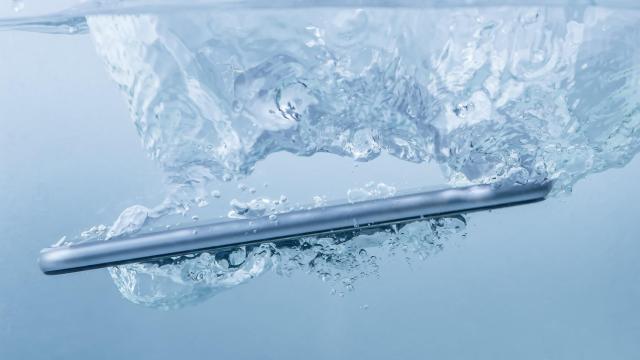When shopping for electronics, outerwear, watches, or building materials, you’ve probably noticed that some products are labelled “waterproof” while others are “water resistant.” While both offer better protection from water than other items, the two terms don’t mean the same thing.
In an article for BobVila.com, Tom Scalisi breaks down the difference between something that’s “waterproof” versus “water resistant,” and provides some tips for shopping for both types of items.
Waterproof vs. water resistant
First, the difference between the two terms. According to Scalisi, waterproof items are impervious to water — meaning they’re completely sealed or in some way protected from the damaging effects of water.
Water resistant products, on the other hand, repel water and offer some level of protection — but only to a point. “After a period of exposure, or a certain amount of pressure, water will either soak the item or seep through,” he writes. Here are a few examples of each category.
Electronics
Here’s where it can get tricky. Scalisi says that some electronics manufacturers market a particular product as being waterproof, but then specify that the protection only lasts up to a certain point. So, yes: that makes them water resistant, not waterproof. Here’s how he explains these limitations:
Regardless of their marketing, all waterproof speakers, phones, watches, and cameras feature small seams from the assembly process. No matter how tightly the pieces fit or the type of gaskets used, water will penetrate those cracks at a certain depth or level of submersion. When the water pressure exceeds the amount of pressure the seam can hold back, in the water goes.
For this reason, these devices have depth limits or ratings. For instance, a digital watch might have 200 meters of water resistance. This means it can theoretically handle water pressure at depths down to 200 meters before water can force its way in.
Clothing
If you’re shopping for a raincoat or other outdoor apparel, you might want to opt for something that will keep you dry. But again, waterproof items and water resistant items aren’t the same — and they each have desirable qualities.
For example, waterproof fabric offers the highest level of protection from rain, snow, and the elements. But that also means that they can get stuffy and make you hot and sweaty (which then leaves you wet, albeit not from the weather). And while water resistant fabrics don’t keep you as dry in the rain, they are more breathable, so you won’t overheat and get too sweaty underneath them, Scalisi explains.
He also provides additional information on the water protection to look for in building materials, as well as kitchen and bathroom flooring.

Leave a Reply
You must be logged in to post a comment.